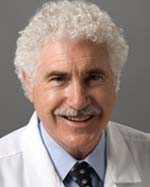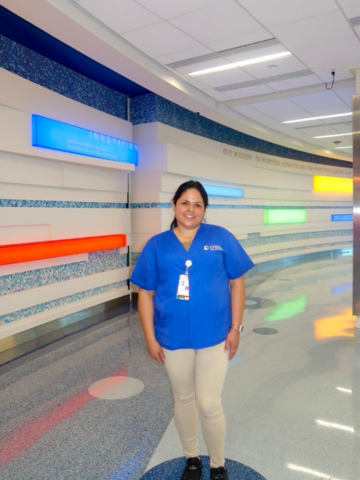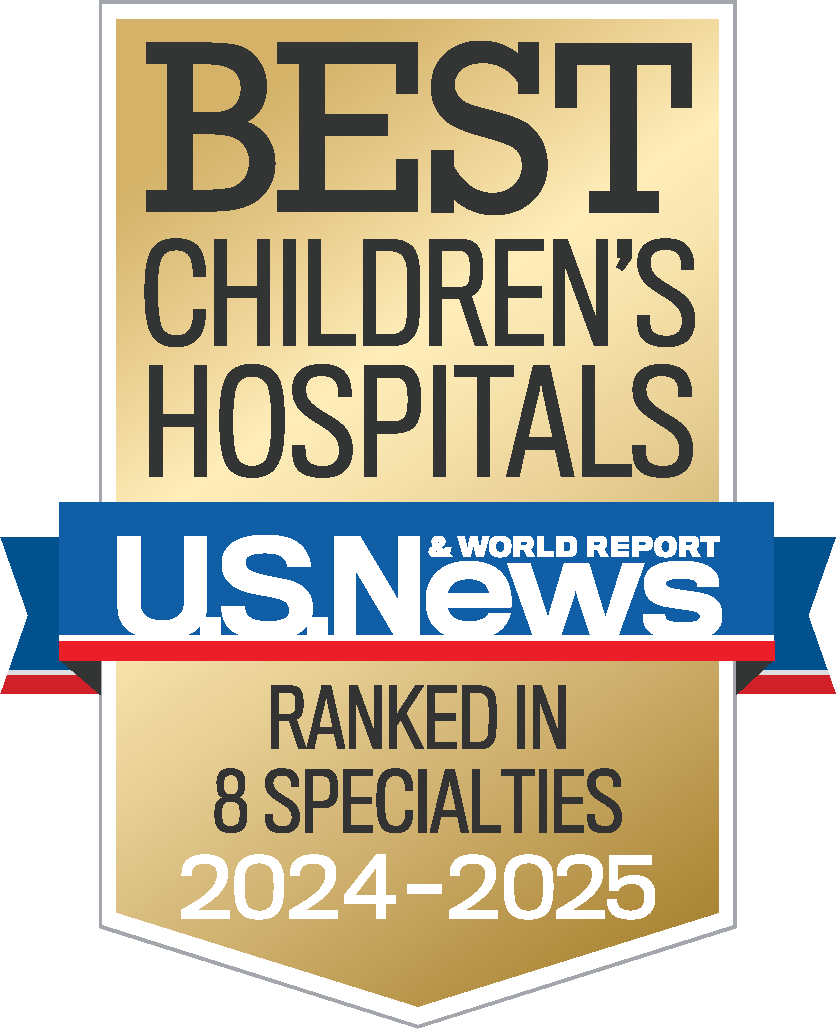“Hip dysplasia occurs when the ligaments that normally hold the ball of the hip into the cup are abnormally loose or relaxed so the hip slips out of place. It’s harder to diagnose in babies because it causes no discomfort and there aren’t any outward signs,” says Dr. Carl Weinert. “Treatment includes applying a harness that holds the hip into position. The baby wears it for two months full time and two months part time. The ligaments get tighter and the hip stays in place. If we treat this in a newborn, the harness treatment works most of the time.”
Delayed hip treatment
A pediatrician often may diagnose hip dysplasia in an infant and refer the baby for orthopedic treatment, says Dr. Weinert. If it’s not found in infancy, older babies may require surgery and a body cast for four months, he says. “An untreated child with hip dysplasia,” says Dr. Weinert, “will walk independently, usually by 14 months. So, delayed walking won’t necessarily be the clue that the child has this.”
Treat clubfoot early
“With clubfoot, the foot is turned downward and inward. It’s obviously visible when the baby is born so diagnosis is easy. The earlier the treatment is started, the more successful it is and the easier it is,” Dr. Weinert says. “We prefer to see newborns within a week. The typical treatment is the baby gets a cast on his leg from his toes to above the knee. Each time the cast is changed-about once per week for six to eight weeks-the foot is manipulated slightly each time. Eventually, the foot’s final position is as upward and outward as a normal foot will go. Sometimes a minor surgery to lengthen a tendon is done during the casting procedure. After the last cast is removed, the child wears special shoes attached to a bar. The success rate of that treatment is about 90 percent.”
What is orthopedic?
Orthopedics is the field of medicine that diagnoses and treats conditions of the musculoskeletal system, including bones, joints, muscles, tendons and ligaments. In babies and children, orthopedic specialists commonly treat bone fractures, birth defects that affect the development of bones and joints, and spinal deformities like scoliosis. Often, neurological diseases such as cerebral palsy cause bone or joint deformities that require orthopedic treatment.
This article was featured in the Orange County Register on February 4, 2014 and was written by Amy Bentley.
Featured pediatric expert

Dr. Carl R. Weinert
EDUCATION:
University of Pittsburgh School of Medicine, Pennsylvania
BOARD CERTIFICATIONS:
Orthopedic Surgery
Dr. Weinert is the Director of the clubfoot and musculoskeletal tumor programs in the Orthopedic Institute at CHOC Children’s. As a clinical professor of orthopedic surgery at UC Irvine, Dr. Weinert has trained hundreds of orthopedic and pediatric residents, medical students, nurses, physical therapists and pre-med college students. He completed his internship at Mercy Hospital in Pittsburgh and a fellowship in orthopedic research at the University of Pittsburgh. His clinical and research interests include bone cysts and benign tumors, clubfoot and hip reconstruction.
Dr. Weinert’s philosophy of care: “When a child develops an orthopedic problem, it can be just as scary for the parents as it is for the child. I treat the entire family with the greatest compassion and understanding.”
Get more expert health advice delivered to your inbox monthly by subscribing to the KidsHealth newsletter here.
Learn more about CHOC’s Orthopaedic and Sports Medicine Services
Our team of board-certified specialists and orthopaedics-trained staff provide a full spectrum of care for disorders of the bones, joints, ligaments, tendons and muscles.





